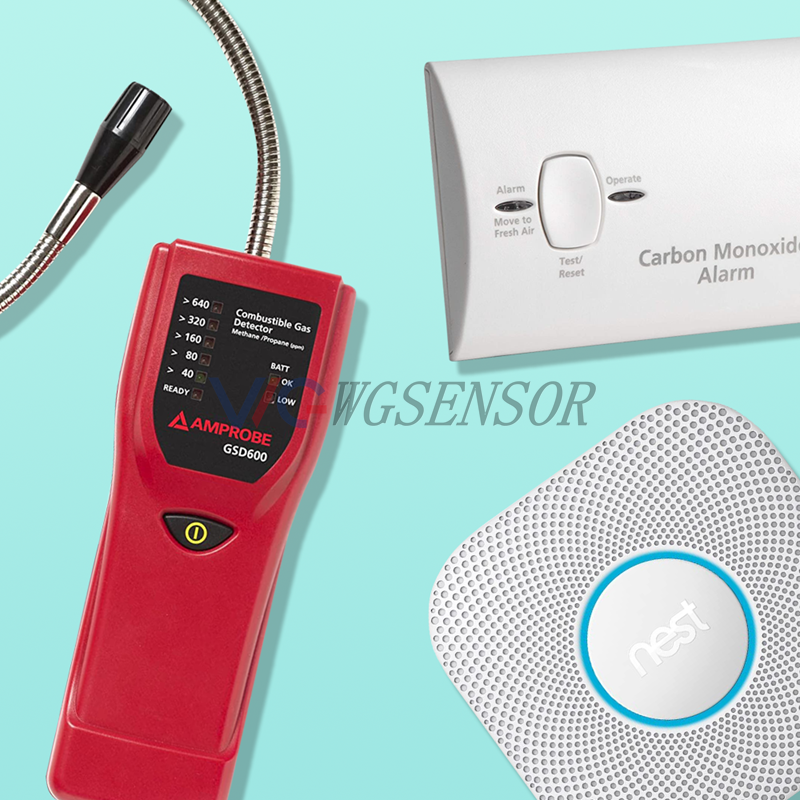Pay attention to frequent calibration and testing
Similar to other analysis and detection instruments, the toxic and harmful gas detectors complete the measurement with relative comparison method: firstly, a zero gas and a standard concentration gas is used to calibrate the instrument, then a standard curve is obtained to be stored in the instrument. When measuring, the instrument compares the electrical signals produced by the detected gas concentration to the electrical signals of the standard concentration, and then calculates the accurate gas concentration value.
Therefore, zero-calibration shall be carried out to the instrument at any time, and regular calibration of instrument is necessary to ensure the accuracy of instrument measurement. It needs to be explained that: many gas detectors can replace detection sensors at present, but it does not mean that a detector can be equipped with different detector probes at any time. Whenever the probe is replaced, the instrument must be calibrated again besides the activation time of sensor. Moreover, it is suggested that the instrument should be conducted with response test by standard gas before using, so as to ensure that the instrument really plays a protective role.
Monitoring interference among different sensors
Generally, each sensor corresponds to a specific detection gas, but no gas detector can be absolutely special. Therefore when choosing a gas sensor, we should know as much as possible the detection interference of other gases to the sensor, so as to ensure its accurate detection of specific gases.
Pay attention to the service life of various sensors
All kinds of gas sensors have a certain durable years, namely the service life. Generally, LEL sensor has a longer service life among portable instruments, which is about three years. Service life of the photoionization detector is four years or longer. Special electrochemical gas sensors have a relatively shorter service life, which is generally one or two years. The oxygen sensors have the shortest service life, only about one year. Service life of the electrochemical sensor depends on the amount of the electrolyte, so if it not used for a long time, please put it in a sealed lower temperature environment, so as to extend its service life. As the the fixed instruments have a relatively large size , their sensors often have a longer service life. Therefore, the sensor should be inspected at any time and used as far as possible within the validity period. Once it fails, replace in time.
Pay attention to the concentration measurement range of the measuring instrument
All kinds of toxic and harmful gas detectors have their fixed detection range, and they can make accurate measurement only in the measurement range. If the sensor is measured beyond its measurement range for a long term, permanent damage may be caused to the sensor. For example, if the LEL detector is used carelessly in the environment of more than 100% LEL, the sensor may be completely burn. Toxic gas detectors may also be damaged if they work for a long time at a higher concentration. Therefore, if a fixed instrument sends out an over-limit signal in use, the measuring circuit should be switched off immediately to ensure the safety of the sensor.


Please contact us for free quotation by form below. We promise the quickest response within 24 hours: